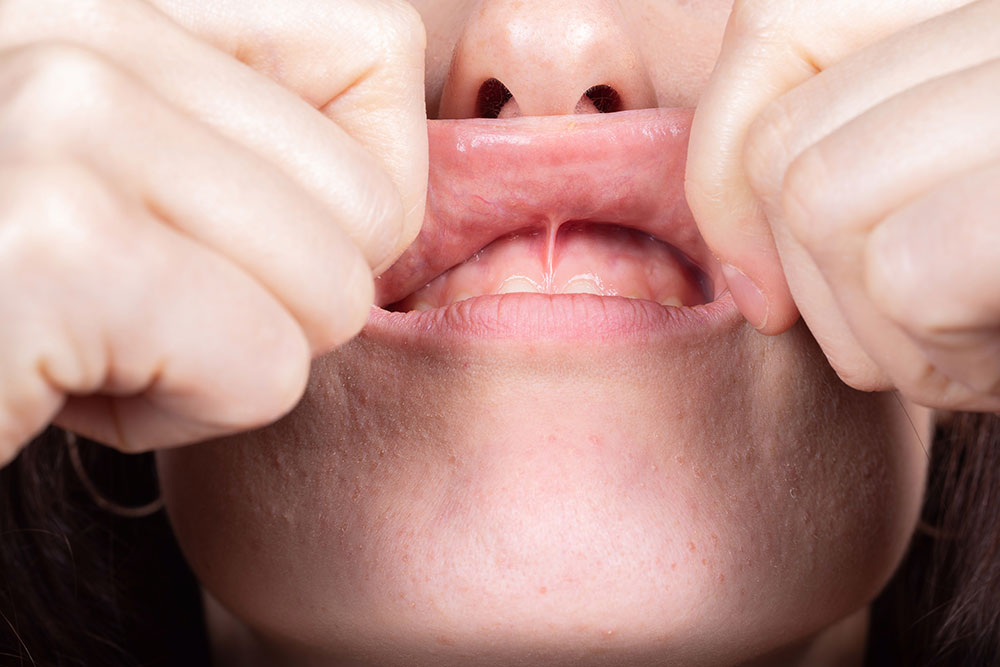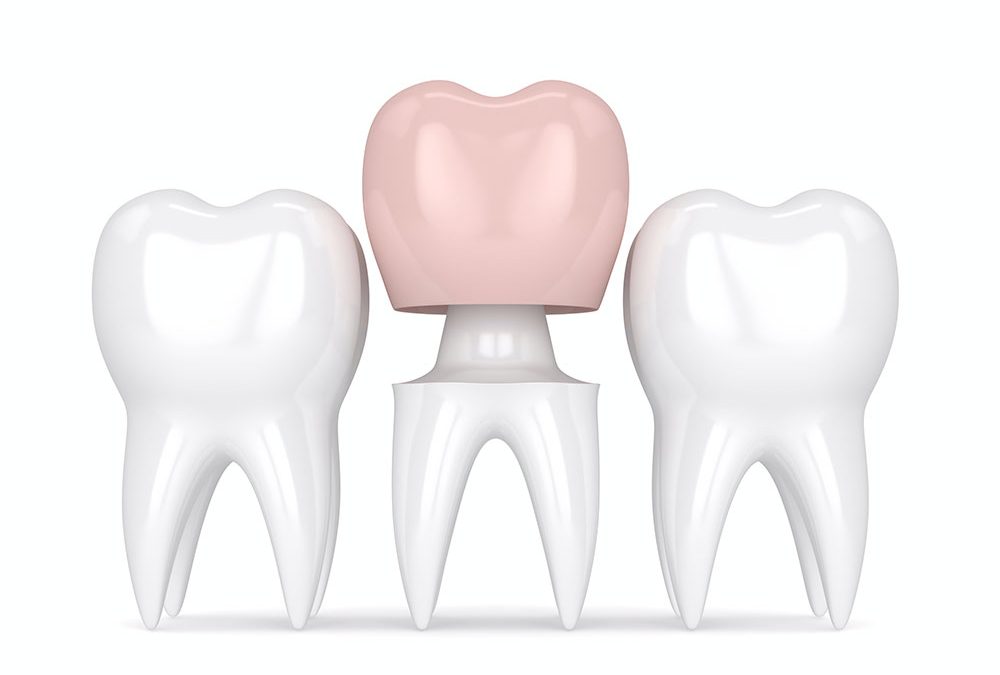
Ignoring Dental Pain Is A Risky Gamble
Dental pain is often described as one of the most uncomfortable and persistent types of pain one can experience. Despite this, many individuals tend to downplay or ignore dental pain, hoping it will go away on its own. However, ignoring dental pain can lead to serious consequences for your oral health and possibly also your overall well-being.
Let’s look at why dental pain should never be ignored and the potential risks of neglecting it.
Underlying Dental Issues:
Dental pain is usually indicative of an underlying dental problem. It could indicate issues such as tooth decay, cavities, gum disease, dental abscesses, or even a cracked tooth. Ignoring the pain allows these problems to worsen over time, potentially leading to more extensive and costly treatments down the road.
Progression of Infection:
If dental pain is caused by an infection, such as a dental abscess, ignoring it can have severe consequences. Infections can spread rapidly to surrounding tissues, bones, and even other parts of the body. This can lead to complications like cellulitis (a serious skin infection), sepsis (a potentially life-threatening infection), or the need for surgical intervention.
Chronic Discomfort:
Ignoring dental pain doesn’t make it disappear – it often becomes chronic. This means you’ll be dealing with ongoing discomfort that can impact your quality of life, interfere with eating, speaking, and sleeping, and even affect your mood and overall well-being.
Worsening Pain:
Dental pain rarely improves on its own. In fact, it tends to worsen over time as the underlying issue progresses. What might start as a mild twinge or discomfort can escalate into throbbing, intense pain that becomes increasingly difficult to manage.
Tooth Loss:
Certain dental problems, if left untreated, can lead to tooth loss. For instance, advanced gum disease can cause the breakdown of the supporting structures of your teeth, leading to tooth mobility and eventual tooth loss. Ignoring dental pain related to these conditions puts you at risk of losing teeth that could have been saved with timely intervention.
Costly Treatments:
Delaying dental treatment often leads to more complex and expensive procedures. What might have been a simple filling could turn into a root canal, crown, or even tooth extraction if left untreated for too long. The longer you wait, the more invasive and costly the treatment can become.
Systemic Health Connection:
Oral health is tied to overall health. Ignoring dental pain and allowing infections to spread can have systemic implications. Studies have shown links between oral infections and conditions such as heart disease, diabetes, and respiratory infections. Maintaining optimal dental health is crucial for your overall well-being.
Impact on Daily Life:
Dental pain can significantly disrupt your daily life. It can make it difficult to concentrate at work or school, affect your social interactions, and limit your food choices due to discomfort while chewing. Addressing the pain promptly can help you maintain your normal routine without unnecessary disruptions.
Early Detection Saves Money and Hassle:
Detecting and addressing dental issues early not only saves you from pain and discomfort but also saves you money in the long run. Routine dental check-ups and addressing problems promptly can prevent small issues from becoming big, costly problems.
Your Dentist is Your Ally
Dentists are trained professionals who are there to help you maintain a healthy mouth. Ignoring dental pain means missing out on the expertise and guidance of your dentist, who can diagnose the underlying issue and provide the appropriate treatment.
Ignoring dental pain is a risky gamble that can lead to serious consequences for your oral health and overall well-being. Addressing dental pain promptly can prevent the progression of dental issues, save you from chronic discomfort, and potentially even prevent systemic health complications. Don’t underestimate the importance of your oral health – if you’re experiencing dental pain, consult your dentist to identify the cause and receive the necessary treatment. Remember, taking action today can spare you from more extensive problems tomorrow. Contact us to schedule your visit or consultation today!





